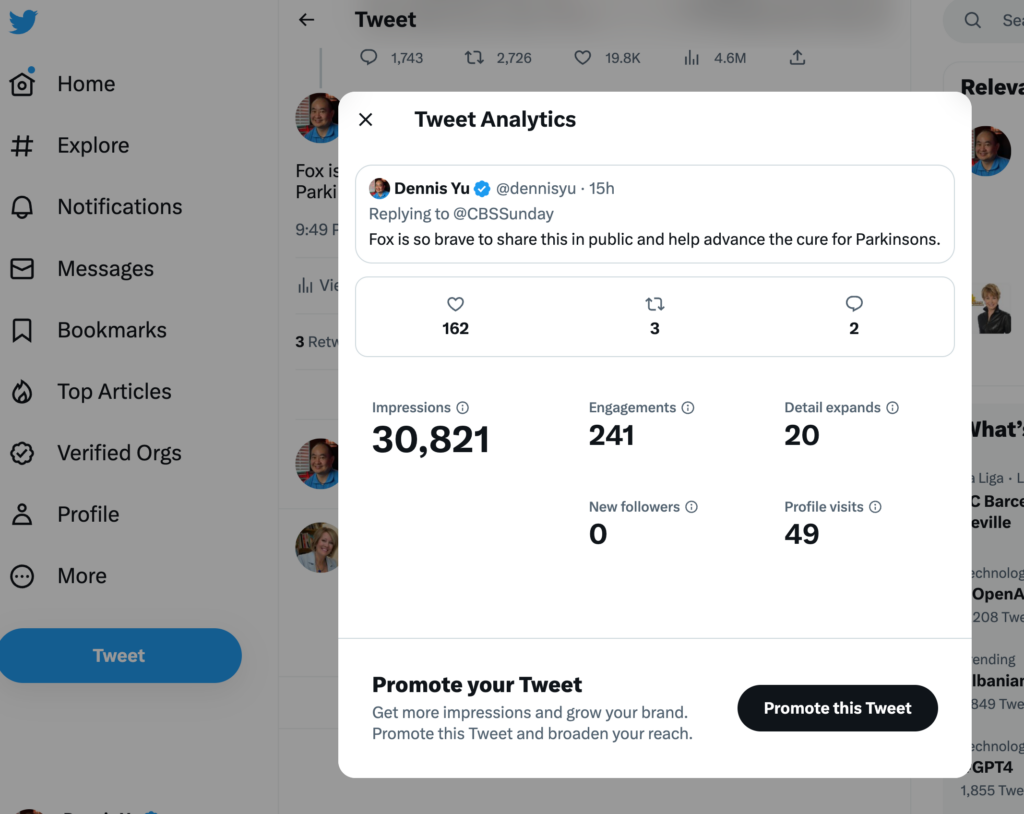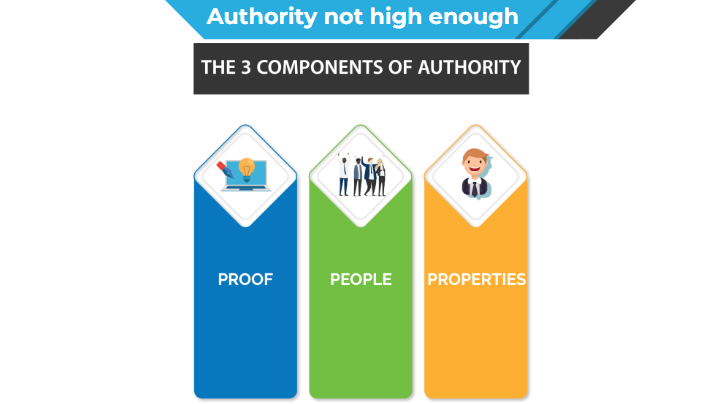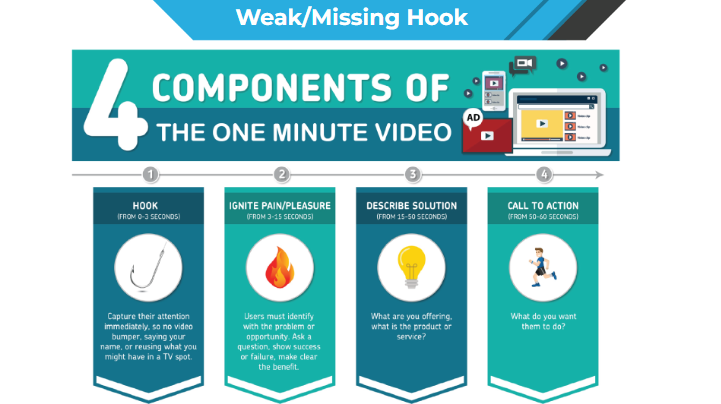
Introduction
Have you ever wondered why there’s a giant blue BOOST button below every post if you’re not supposed to boost posts? This article discusses why most people fail at boosting posts and how you can avoid these mistakes.
Targeting
One of the keys to successful boosting is understanding your goals, determining the content required to achieve your goals, and targeting the right audience, or GCT.
If you pre-configure your saved audiences, you can choose them from the boosted post – people who have visited your website in the past 30 days, your email list, non-buyers, competitors’ followers, the media, etc.
Boosting only takes 15 seconds, allowing you to test many posts to find the winners quickly. Yes, Ads Manager has more “power,” but why use a backhoe when a butter knife will suffice? Use Ads Manager to set up your account and campaign analysis.
Since we’re not in the old TV and magazine days anymore, the average number of touches has increased from 6 to 60. Clients must see you multiple times to know, like, and trust you. But don’t repeat the same sales message over and over again. Instead, entertain, educate, and then sell. This builds sequential audiences across email, web remarketing, and native audiences.
Initial optimization
Using the Dollar-a-Day Strategy, you can rapidly test which posts people engage with or click on to weed out 90% of weak posts. You can then test the remaining posts in conversion campaigns to generate leads and sales.
Note that Ads Manager only shows you ad-only data instead of a mix of organic and paid. However, I want to see the whole picture and understand how people are reacting.
Boost posts that are already performing well organically. The social networks will even tell you which posts are in your top 5%, encouraging you to boost them.
The Reasons Most People Fail
Most people fail with boosted posts not because of the tool but because their content and strategy are poor. They lack authority and relevancy.


The factors that contribute to the failure can be identified as follows:
- Lack of sufficient authority and relevancy: If a company or individual does not have a strong reputation or a product/service that resonates with the target audience, it may not yield significant results.
- Insufficient amplification of good content: The dollar-a-day approach amplifies what is already working in terms of reputation and word-of-mouth. If the content being amplified is not compelling or engaging, the approach may not generate the desired outcomes.
- Ineffective content creation and optimization: It’s important to create the right content and optimize it for the target audience. Factors such as the way something is said, background music, or even small details like the color of the shirt can influence the success of a particular piece of content. If the content creation and optimization process is not executed effectively, the dollar-a-day approach may not deliver the desired results.
- Inadequate understanding and execution: Put the right content into the dollar-a-day machine. This requires a proper understanding of the target audience, their preferences, and the appropriate channels to reach them. Without a strategic approach and effective execution, the dollar-a-day strategy may fail to deliver the desired outcomes.
- Changes in targeting capabilities: With the advent of Cambridge Analytica and the subsequent changes in targeting options, many detailed targeting capabilities were removed. This limits the effectiveness of the dollar-a-day approach as precise targeting becomes more challenging.
- Reliance on amplification rather than targeting: The dollar-a-day is not primarily about targeting but about putting content together in the right way. While targeting can still play a role in reaching the right audience, the emphasis is on creating relevant and engaging content that resonates with the audience rather than relying solely on precise targeting.
- Low engagement rates: The rule of 10 – a minimum engagement rate of 10% is desirable to ensure relevancy and effectiveness. If engagement rates are below this threshold (e.g., 1%), it may indicate that the content is not resonating with the target audience, and the dollar-a-day approach may not be successful. It may require a significant increase in advertising spending to collect sufficient data and achieve meaningful results.
- Lack of experimentation and persistence: Only one in ten ads will be a winner. It’s not what you think. You let the data tell. That will often require trying multiple iterations of content to find a winner. Not all content will perform well, but the chances of finding successful content increase through persistence and experimentation. If businesses or individuals give up too quickly or fail to adapt their strategies based on feedback and data, the dollar-a-day approach may not yield the desired results. So look across all the stuff that you’ve done.
Don’t blame the tool if your content isn’t compelling (with a 10%+ CTR, average view-through completion of 20%+, vertical video, storytelling, showcasing expertise, and weaving in authority). As the saying goes, “You can’t make chicken salad out of chicken shiitake.” It’s the ingredients, not the knives or the oven.
A fairly certain prediction would be a 20% increase in revenue over the next 90 days by leveraging existing strengths. If you adhere to the key components, namely having a reputable company with a solid product or service, satisfied customers who are willing to talk about your products or services, and implementing the “dollar a day” approach (collecting one-minute videos, cross-posting them on various platforms, and boosting their visibility), you will undoubtedly witness a boost in sales.
This is simply because unless your remarketing efforts are already flawless and every aspect is perfectly optimized, which is rarely the case, as there are likely untapped opportunities such as YouTube presence, potential gaps in your Facebook strategy, or incomplete Google Maps listings, there is always room to maximize the potential of what is already functioning effectively.
Conclusion
More simply, boosting is about taking something good and getting more out of it. If you are solving the pain points of your ideal client and have collected campaigns, boosted posts are just the paid version of word of mouth. Conversion campaigns against lookalike audiences or no audiences (if you have a clear conversion signal) mean the system is doing your targeting and optimization for you.
So the next time someone confidently proclaims that boosting is for beginners, ask them to learn more about boosting through our Dollar a Day Program.
